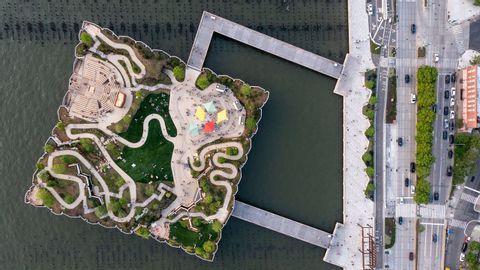
Subtitles & vocabulary
The Battle to Build the Big Apple's Little Island
00
Knight posted on 2021/06/28Save
Video vocabulary
eventually
US /ɪˈvɛntʃuəli/
・
UK /ɪˈventʃuəli/
- Adverb
- After a long time; after many attempts; in the end
- At some later time; in the future
A2
More present
US /ˈprɛznt/
・
UK /'preznt/
- Adjective
- Being in attendance; being there; having turned up
- Being in a particular place; existing or occurring now.
- Noun
- Gift
- Verb tense indicating an action is happening now
A1TOEIC
More profound
US /prəˈfaʊnd, pro-/
・
UK /prə'faʊnd/
- Adjective
- Requiring deep thought; difficult to understand
- Showing a lot of deep thought or understanding
B1
More Use Energy
Unlock All Vocabulary
Unlock pronunciation, explanations, and filters
